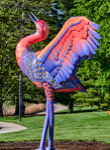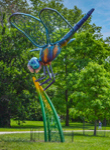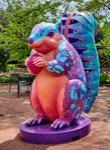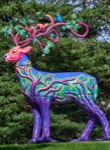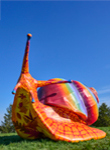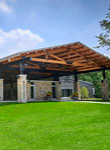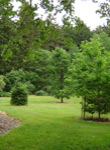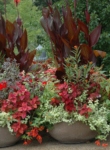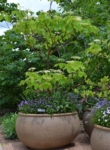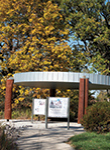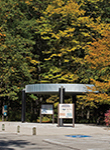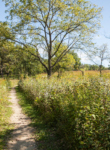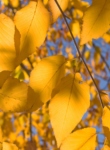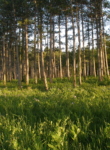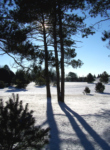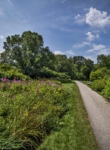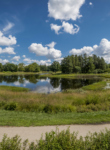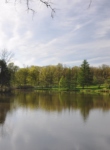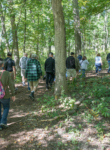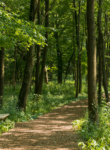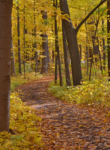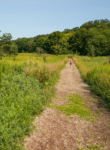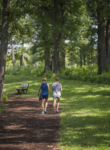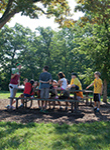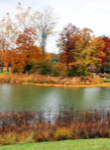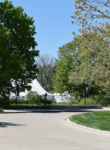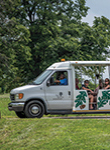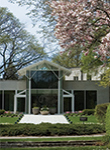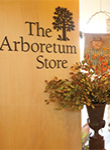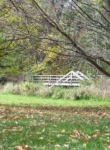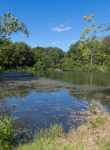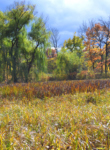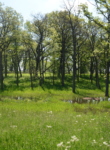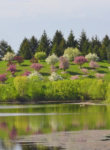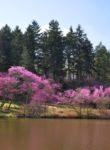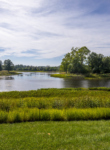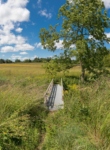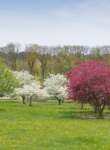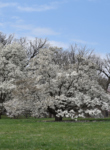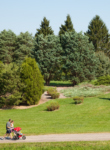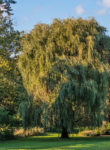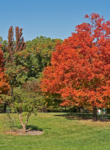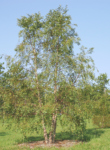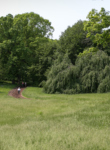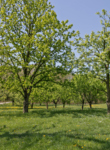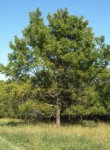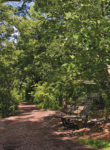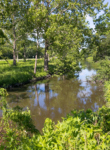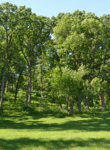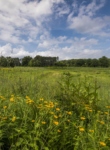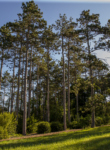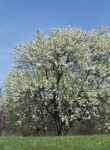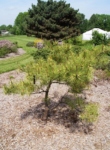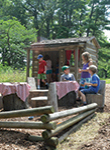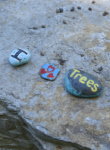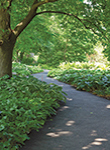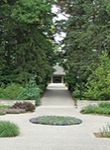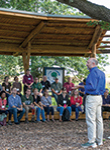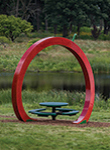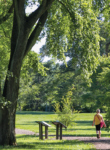Giant ragweed is a noxious weed in Illinois. The Illinois Noxious Weed law mandates that each landowner controls the spread of and/or eradicates this plant from their land. This plant spreads by seed and typically moves through farmed areas. It thrives in disturbed and wet areas. It is native throughout the United States. Giant ragweed is known to overtake areas and can reduce crop yield if the population is left unchecked.
As an alternative, rough goldenrod (Solidago rugosa) is a good option for its similar shape, size, and native range. There are a number of native and non-native species that could be used in place of giant ragweed. More desirable species may be found using the online Search Trees and Plants page of the Arboretum website. Before purchasing or planting, be sure to check for any local or state guidelines on this species, and ensure that this plant is suitable for its habitat by checking its attributes at mortonarb.org or plants.usda.gov.
More Information
Size and Method of Spreading
One main trait that makes giant ragweed distinguishable from common ragweed is its much larger size. The plant can grow to be up to 15 feet, but typically is between 3 and 12 feet tall.
Leaf Description
Giant ragweed’s large leaves are simple and opposite, although some of the upper leaves can be alternate. They can be up to a foot in both length and width, with deep sinuses and three to five lobes. The edges of the leaf are toothed (serrated leaf margins).
Flower Description
Male and female flowers are held in separate structures on the same plant (monoecious). The flowers of giant ragweed are about ⅛ inch long. Male flowers are green, but take on a yellowish cast when pollen is released. They are on an elongated shoot (raceme) that can be up to several inches long. Female flowers are in small clusters in the leaf axils. Flowering time is late summer into fall.
Fruit Description
The plant produces single-seeded, dry fruits (achenes) that are about ⅓ inch long. They are gray or tan in color and enclosed in a burlike husk derived from a persistent part of the female flowering structure.
General Management
For more information on management of this plant, contact The Morton Arboretum Plant Clinic (630-719-2424 or plantclinic@mortonarb.org).
